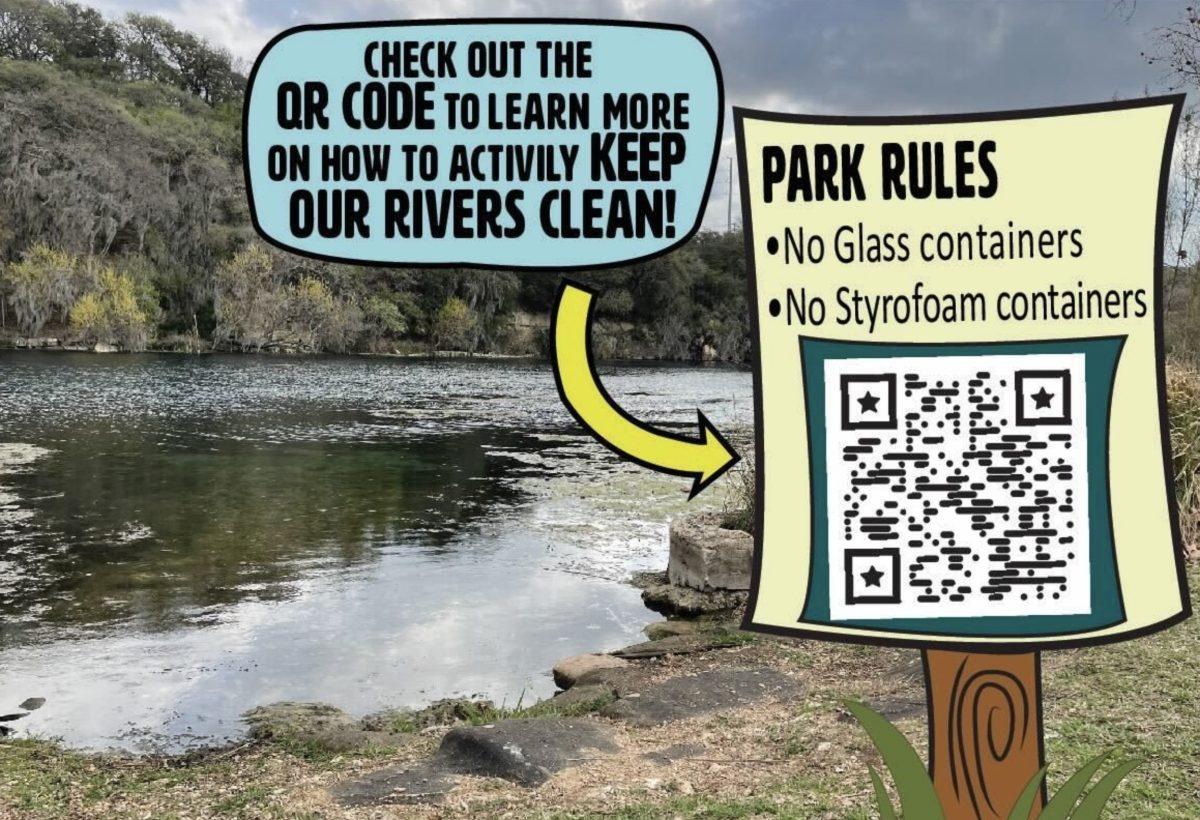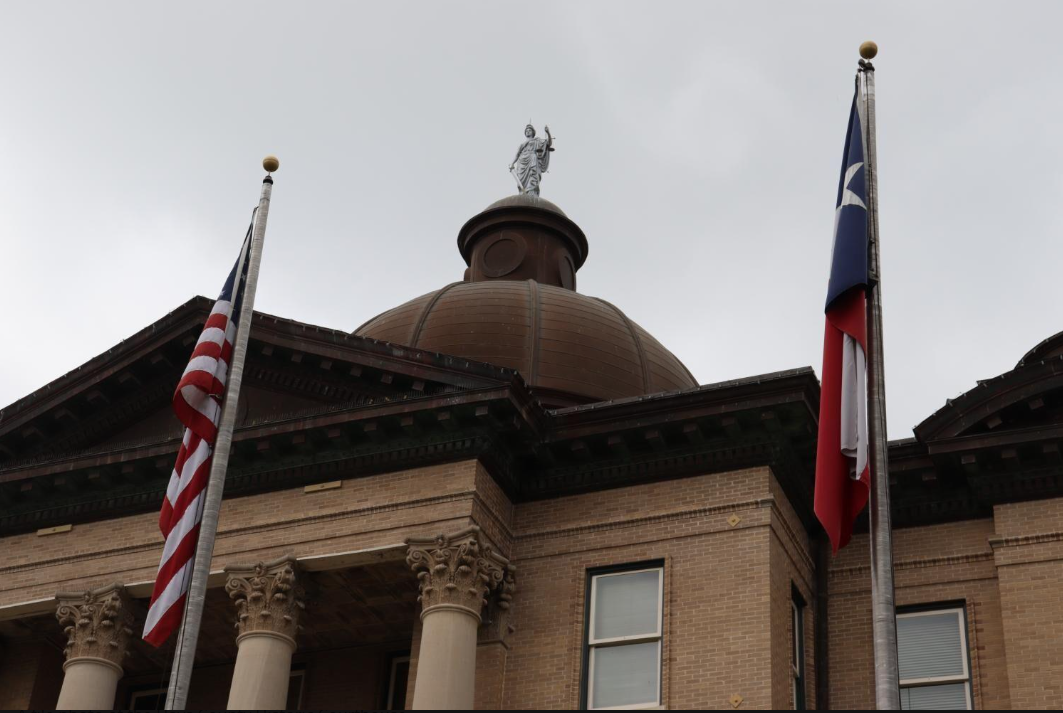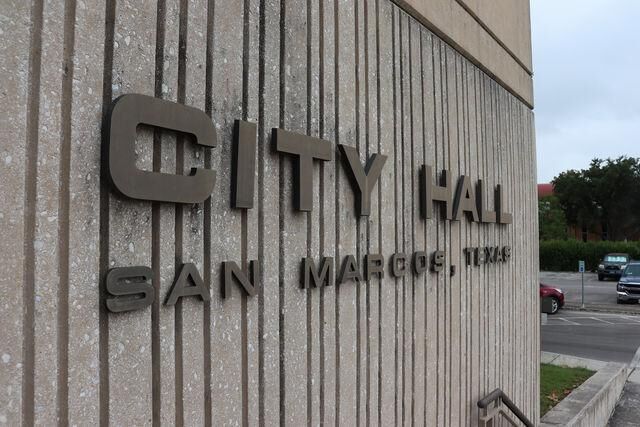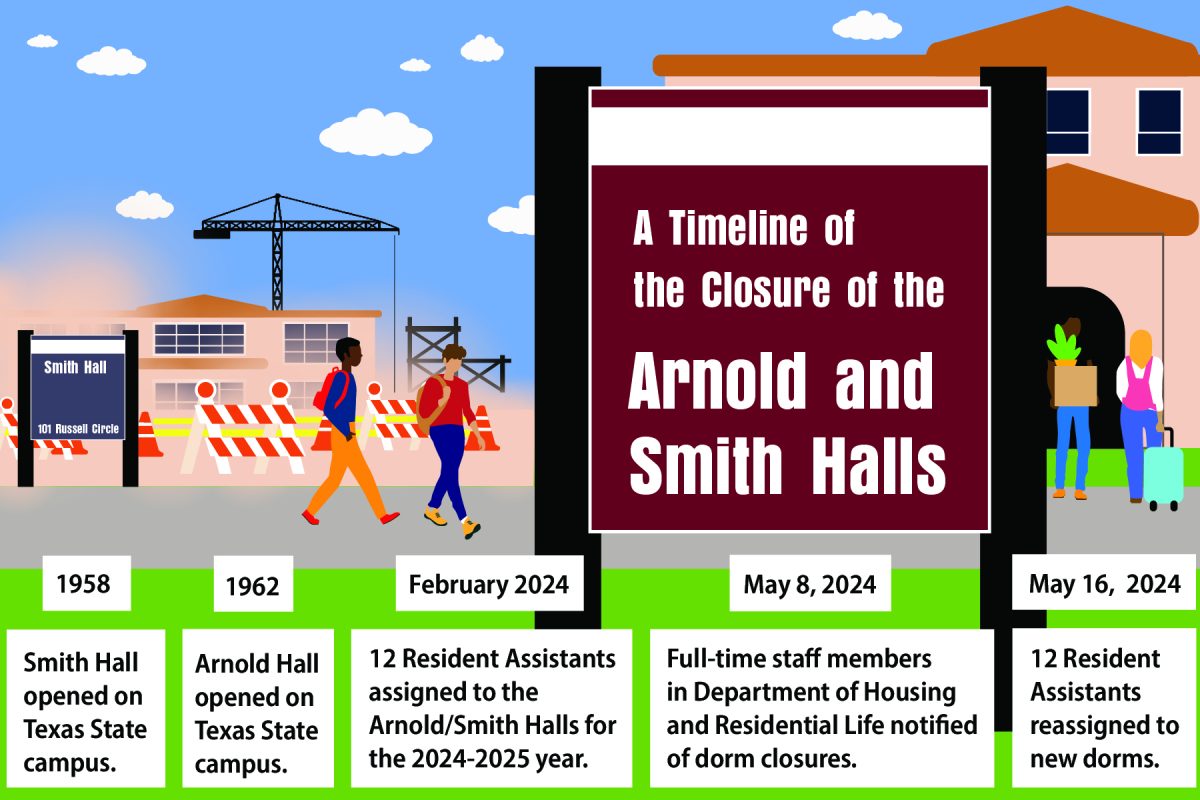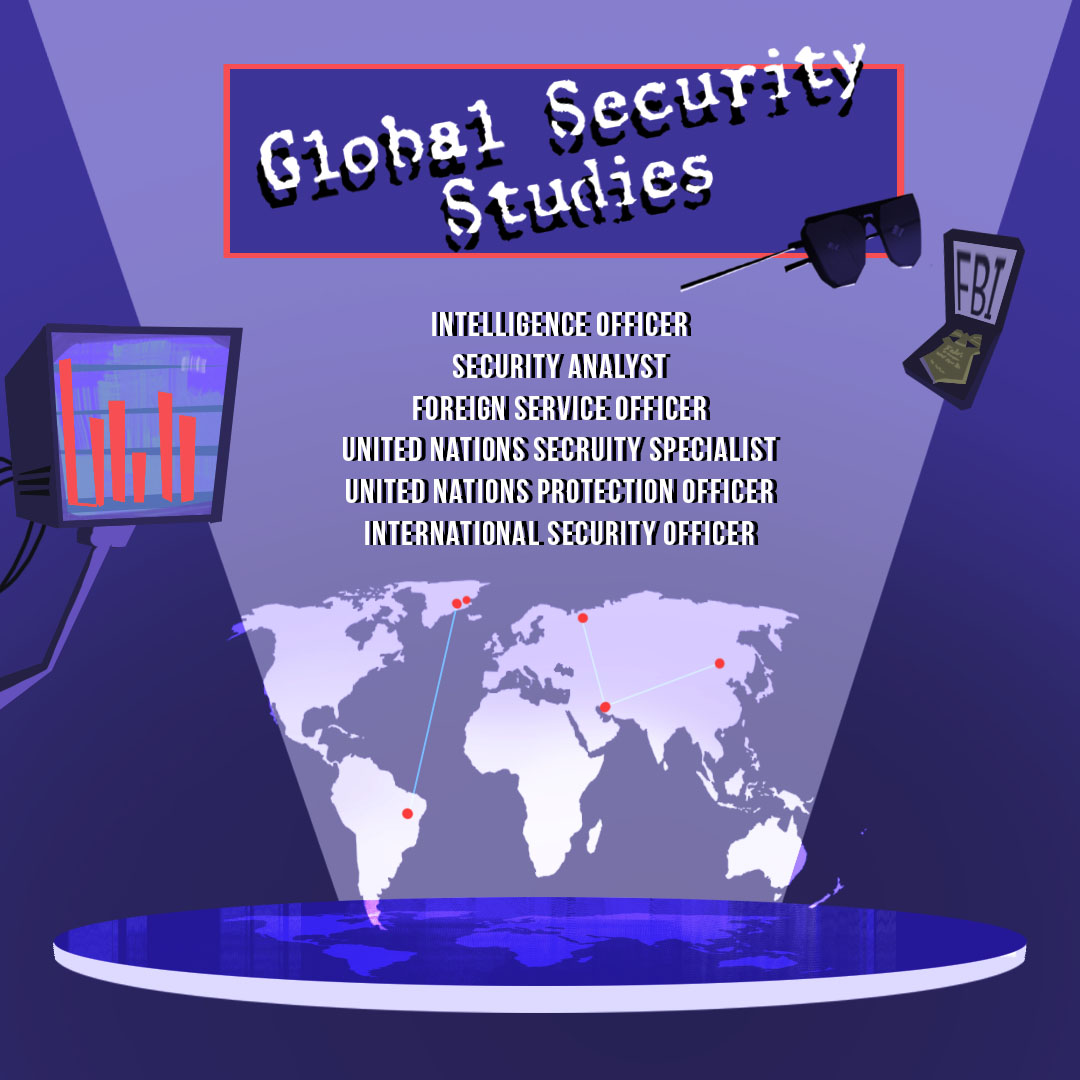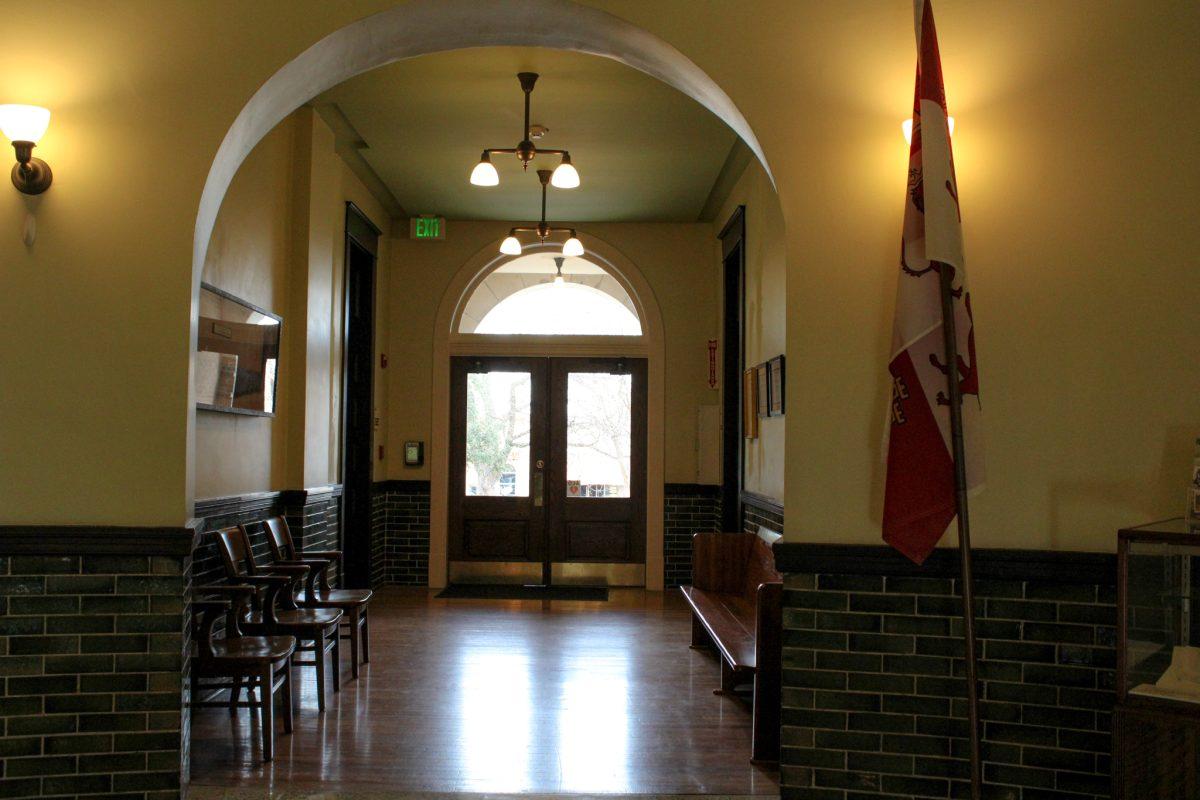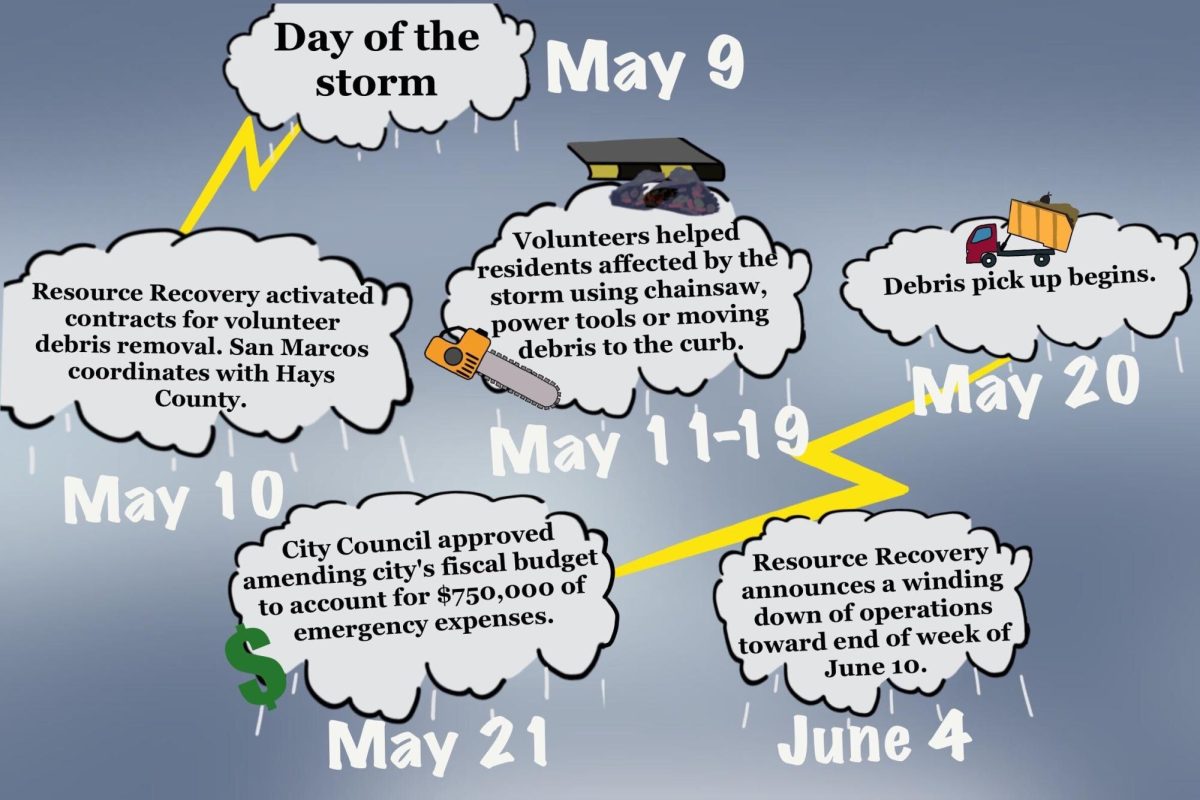With spring break and tubing season approaching, local organizations have increased their efforts of protecting the San Marcos River, specifically in relation to the influx of human activity in the area and climate change. The Meadows Center for Water Environment has received funding for a climate change research initiative that will help protect water sources across Texas.
These combined efforts are to help ensure the longevity of the supply of water and quality for generations to come. The San Marcos River Foundation (SMRF) has been pushing for green infrastructure for future developments according to Executive Director Virginia Parker.
“Developers can have a huge impact on our river in our waterway. So, we feel like that’s a really important step to take,” Parker said. “Because we know developments are coming, it’s here, it’s only going to get bigger, so we feel like the developers are a key at least and protecting water quality and quantity.”
According to Amy Thomaides, the Community Enhancement Initiatives manager for the City of San Marcos who manages Keep San Marcos Beautiful, the biggest threat to the San Marcos River is human activity.
“Human activity and just those minor things that are happening make a big impact,” Thomaides said. “You can just look at people who aren’t mindful not just along the river, but wherever they are.”
Keep San Marcos Beautiful has been able to expand its efforts across the upper San Marcos River watershed through volunteer efforts with its annual river cleanups which include litter-heavy areas like creeks and ditches that flow into the river. The 38th Annual Great Texas River Clean Up is this Saturday, March 4.
“When we expanded into the watersheds, we actually found a lot of old dump sites,” Thomaides said. “We haven’t always had this kind of urban development, so they didn’t have garbage services like they have now, they had areas where they just put all their trash. We’re finding those old dump site and cleaning them up with the river clean up.”
Littering can affect the quality of the river, but so can contaminants. According to Executive Director of the Meadows Center for Water and Environment and Professor of Practice at the Department of Geography and Environmental Studies Robert Mace, chemicals like pesticides and herbicides used on lawns can make it into the recharge zones, where water percolates into the aquifer and fills back up, affecting overall quality.
“There are trace amounts of contaminants that come out of the springs on a regular basis,” Mace said. “Nothing that has been causing a great deal of alarm but they’re there and indicate human impacts on the system.”
SMRF has been working through different mediums to protect the integrity and quality of the river and protect the natural habitat from invasive species.
“We work to get wastewater treatment permits to be a better standard than the minimum because any wastewater that ends up in our river or tributaries of the river, can potentially lead to algal blooms due to increase nitrogen and phosphorus,” Parker said.
The Meadows Center was recently awarded $2.5 million in federal appropriations for climate change research to protect Texas waters. According to Mace, a driving factor for this research is to be able to give policymakers in Texas the information they need to make informed decisions regarding the impacts of climate change.
“What we’re seeing and hearing is that there is a growing concern in the water sector about the impacts of climate change, and that’s different from even five years ago,” Mace said. “The legacy I’m hoping for this work is that at the end of the day, we’re going to see much more of Texas understanding what climate change means for water resources and even better responding to that understanding, to make sure we as a state are where we need to be to be resilient.”
Although this research initiative is to help protect bodies of water all over Texas, Mace worries about the effects that climate change might have on the San Marcos River in the future.
“Climate change is highly likely, if not almost assuredly going to result in less water, refilling the aquifer, which means less water coming out of the springs, which means less water in the river,” Mace said. “The surface water sources are highly susceptible to the impacts of climate change both on the supply side because increasing temperatures means greater evaporation, which means less soil moisture, which means less water running off the land surface into the rivers less water percolating into our aquifers to recharge them.”
With this in mind, the Meadows Center is not in a place to start doing attribution science in relation to climate change, Mace said. There are clues to possible impacts of climate change from events like flooding and drought, but these aren’t definitive.
“In general Texas is about two degrees Fahrenheit warmer than it was 50 years ago,” Mace said. “And that does have consequences for recharge, which has consequences for spring flow. I should note that, over these winter months, you know, we’ve been at the lowest level of spring flow since 1996.”
Mace suggests minimizing the use of pesticides, reducing water use, helping clean litter and staying informed on water decisions.
“As San Marcos grows, we got to find we got to get water from somewhere and so there’s decisions that are being made to ensure that we’re getting enough water. So, pay attention and see if you agree, based on your values, with where that water comes from and how it’s being used. Whether you like it or not share your opinions with your elected officials.”
Growing population, climate change prompt increased in efforts to protect river
March 2, 2023
Donate to The University Star
Your donation will support the student journalists of Texas State University. Your contribution will allow us to purchase equipment and cover our annual website hosting costs.











